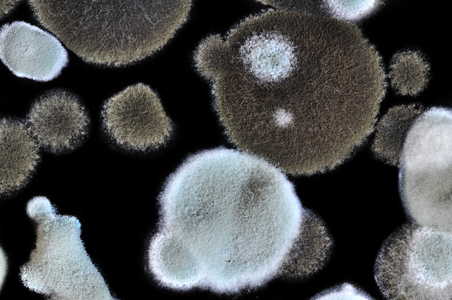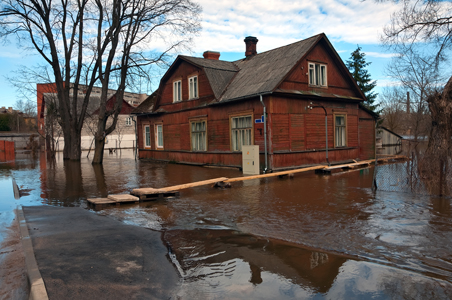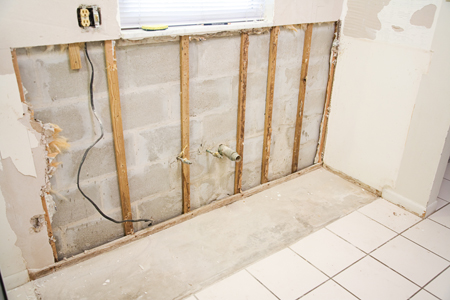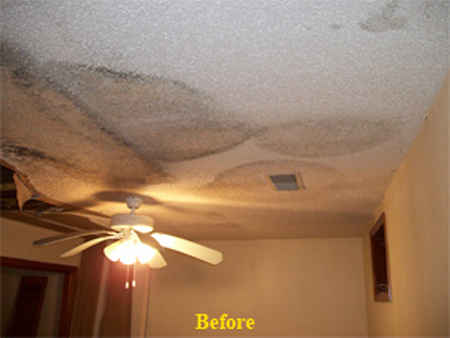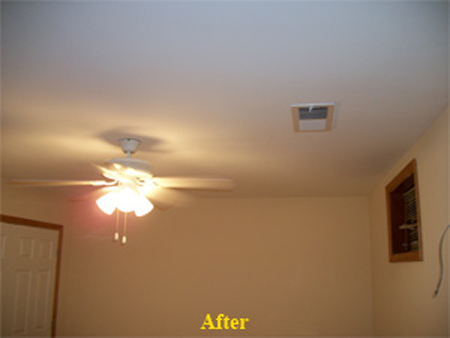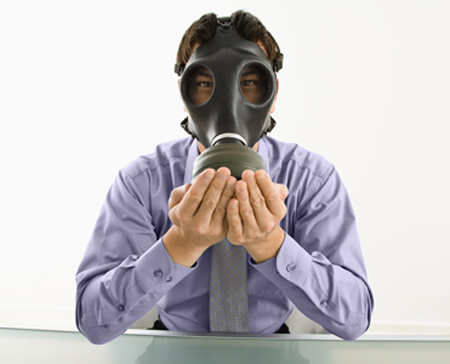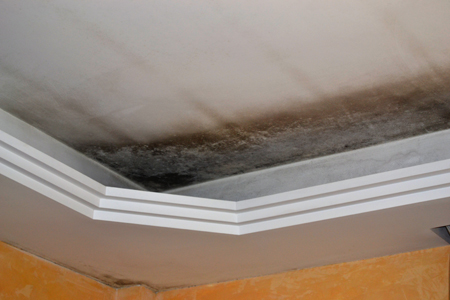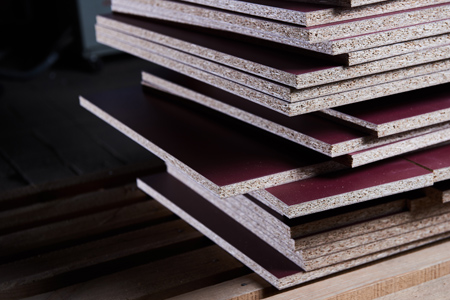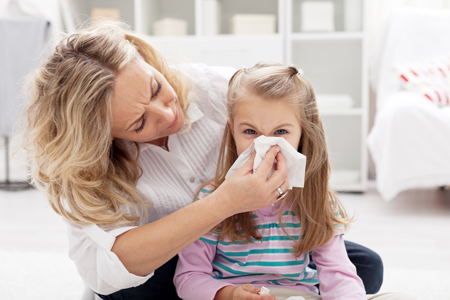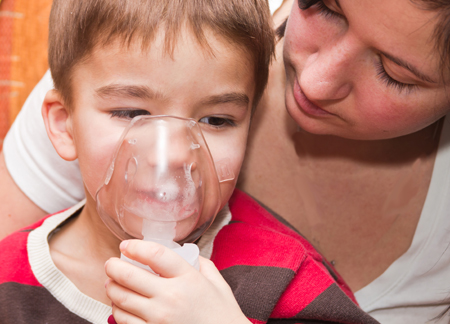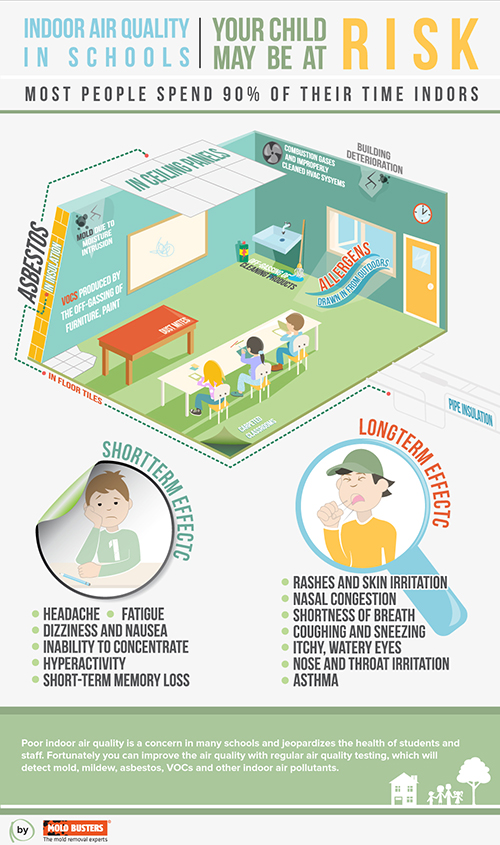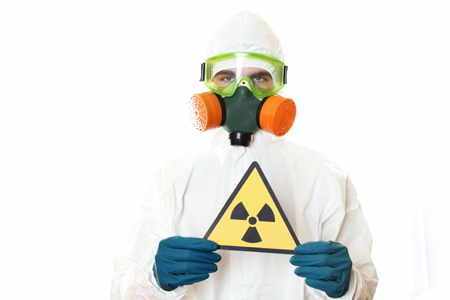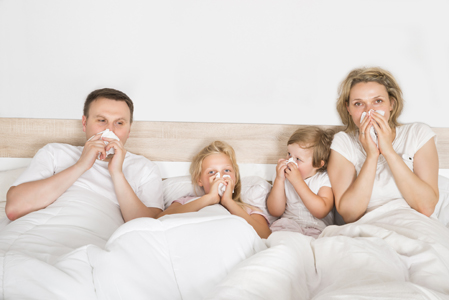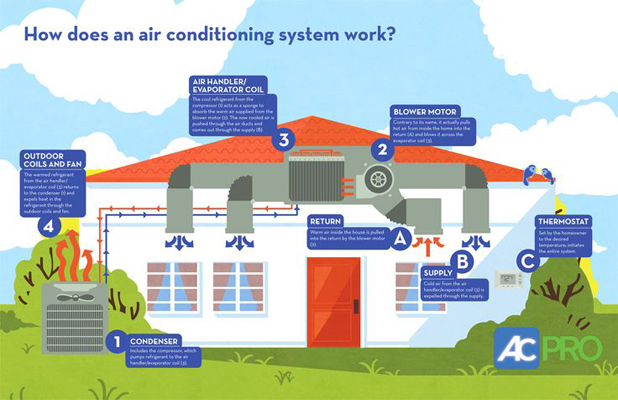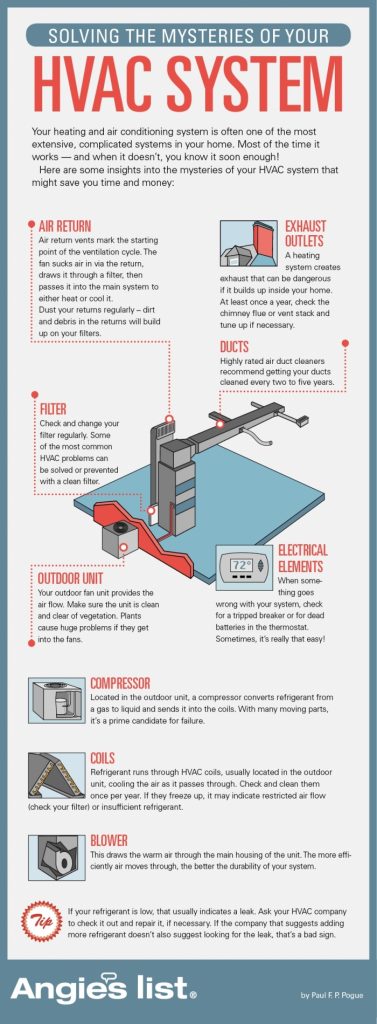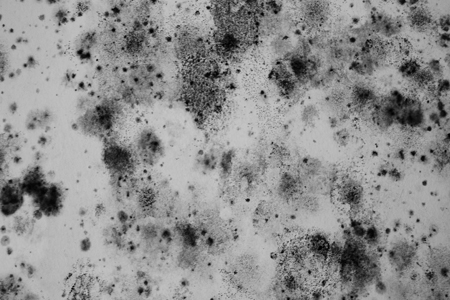
Top 50 Articles On Mold!
The Ultimate Mold Education Resource (50 Articles)
The goal of Mold B Gone is to educate our customers about mold. We strongly believe that an educated and informed consumer can make better decisions when they have concerns about mold. Included in this article are 50 links to articles that will help you learn about mold. Please bookmark this page because we will update it with new articles as they are researched and published. If you have questions about mold removal, crawl space mold removal and encapsulation, other services we offer, and/or our 1 year up to 25 year guarantee, call us, 678-697-6267, or send us an e-mail. We look forward to serving you. 🙂Mold Facts and Information (13 Articles)
-
Is Mold Cited In The Bible?
Priests were the equivalent of today’s mold inspectors. This article lists the three passages cited in Leviticus. Learn more! -
Top 3 Questions About Crawl Space Humidity!
This article explains why your crawl space is humid and what you can do about it. -
What You Should and Should Not Do When You Find Mold!
This article explains what you should and should not do if you find mold in your home, church, school, day care center, store, office building, restaurant, or hotel! -
12 Famous Celebrities Affected By Toxic Mold!
Several high profile celebrities have been impacted by mold. Listed in this article are 12 prominent celebrities that have battled mold. -
Bad Air Can Impact Your Health!
This article explains what causes bad indoor air, health signs, and what you can do about it. -
Top 10 Facts About Mold
Mold Fact 1: The Key Ingredient Mold Needs To Thrive Is Moisture. There are 9 more mold facts explained in this article. What do you think they are? -
Why Does Mold Grow In My Attic?
Top 4 Reasons Mold Grows In Your Attic! The purpose of this article is to explain why mold grows in your attic and prevention tips. -
Why Does My Crawlspace Have Mold?
Top 3 Reasons Your Crawlspace Has High Humidity. This article explains why your crawlspace is humid, why this leads to mold and how you can fix the problem! -
What Can I Do If I Have Mold In My Apartment?
Steps Residents Can Take If They Have Mold In Their Apartment! This article explains what you can do if you find mold in your apartment. Learn more! -
Top 10 Reasons You Need To Be Aware Of Mold!
This article lists and explains the top 10 reasons you need to be aware of mold! -
Is Your Crawl Space Contaminating Your Indoor Air?
The purpose of this article is to explain how and why your crawl space could be contaminating your indoor air. -
7 Places Mold Hides In Your Home!
This article provides you with information to help you determine if you have a mold problem and explains what you should and should not do if you do find mold. -
Why Do Crawl Spaces Need A Vapor Barrier?
The purpose of this article is to answer the most common questions asked about crawl spaces and explain why your crawl space needs a vapor barrier. Learn more!
Black Mold (2 Articles)
-
Can Toxic Black Mold Poison You?
Recently a news article featured a woman who believes that she was poisoned by toxic black stachybotrys mold. This article explores this topic further! -
Why Is Black Mold A Health Concern?
Stachybotrys is considered the king of molds because exposure to this toxic black mold causes 15 serious health conditions. Learn more!
Mold and Health (17 Articles)
-
Is Mold In Schools Making Kids Sick?
The purpose of this article is to help you determine if mold and the indoor air quality of your child’s school is making them sick and what you can do. Learn more! -
Does Mold Cause Chronic Fatigue Syndrome?
What is the link between mold and chronic fatigue syndrome? Scientific research suggests a relationship between mycotoxins and CFS. Learn more! -
15 FAQs About Mold and Health!
Wondering why mold is a health concern? This article lists the top 15 questions asked about specific health problems caused by mold. Learn more! -
How Do I Know If Mold Is Making Me Sick?
Wondering if you are sensitive to mold? This article explains how to determine if you are mold sensitized, seeking treatment, and the next two steps to health! -
How Toxic Is Mold?
This article explains why mold can be toxic, listing 10 specific health conditions. Learn more! -
Does Mold Affect Pregnant Women and Infants?
Potential Health Complications Mold Exposure Has On Pregnant Women and Infants! Questions answered about SIDS, asthma, miscarriage, and pulmonary hemorrhage. -
Does Your Kids Sippy Cup Have Mold?
This article article explains why mold grows on sippy cups, why it could make your child sick, and how you should properly clean the sippy cup! -
Does Mold Remediation Improve Health?
Mold Remediation Improves Health! This article explains why, citing an interview with Jack and Helen Graham, a Mold Sensitized Success Story! -
Does Mold Cause Multiple Sclerosis?
Could Some People Diagnosed With Multiple Sclerosis Actually Be Suffering From Mold Sickness? This article explains how and why. Learn more! -
Can Mold In Your Christmas Tree Make You Sick?
One in Three people get sick from their Christmas tree. This article explains why and what you can do to feel better. Learn more. -
Top 37 Symptoms Associated With Mold Illness!
25% of people are genetically pre-disposed to mold illness. This article explains why, citing scientific research and 37 symptoms associated with CIRS. -
How Does Mold Cause Depression?
This article explains why many suffering from CIRS are diagnosed with depression caused by mold. Both scientific and anectodal data are cited. Learn more! -
What Is The Link Between Mold and Parkinson’s Disease?
Does Mold Cause Parkinson’s Disease? The purpose of this article is to explain why and how mold could be a possible cause of Parkinson’s Disease. -
Is Mold Sickness A Hidden Epidemic?
Top 3 Reasons Mold Sickness Is A Hidden Epidemic! You could be sick from mold and not even know it. This article explains why mold is a hidden epidemic! -
Are Sinus Infections Caused By Mold?
37 million Americans suffer from sinusitis. Cause? This article lists the top 10 stats and facts citing MAYO clinic research that believes mold is the cause! -
What Is The Link Between Mold and Asthma?
According to the CDC, rates of asthma among children in Georgia is 3% above the national average. Is mold a factor? This article cites stats and research! -
Mold Recovery: Four Steps
Mold B Gone helps homeowners and businesses test mold, remove mold and recover from mold.
Water Damage and Mold (4 Articles)
-
How Do I Prevent A Sewer Backup?
Concerned about sewer backups? This article explains what causes sewers to backup and how you can prevent this from happening. Learn more! -
What Are The Top 3 Water Damage Hazards?
Flood and water damage not only disrupts your life but can also be hazardous to your health! This article explains the top 3 hazards and prevention measures! -
Three Steps to Reduce Flood Damage
A flooded home or business is always a stressful situation. This blog provides you with the 3 steps required to reduce flood damage and most importantly, mold! -
Top 3 Facts About Water Damage Restoration
Water damage restoration restores a property to pre-loss condition after a flood. Check out the top 3 facts. Hint: Mold is not the only concern.
Mold Inspection and Prevention (8 Articles)
-
Top 15 Mold Prevention Tips
Mold growth can be prevented. This article list the top 15 mold prevention tips, to help you live in a mold free home. -
Does Your Front Loading Washing Machine Have Mold?
If you have a front loading machine that has mold problems, this article explains how to prevent it. -
Top 3 Reasons To Have a Mold Inspection Before Buying a Home!
This article lists the top 3 reasons why you should submit an offer to purchase, subject to a home AND mold inspection! -
Is Mold A Concern During Renovations?
Home improvement is an American tradition. But, did you know that 6 out of 10 homes could have mold? Renovating can cause serious problems. Learn more! -
How Do I Know If Mold Is Growing In My Basement?
Basements are susceptible to mold growth. The first clue of mold is a musty smell. This article provides you with 10 tips to prevent basement mold. Learn more! -
Why Should I Have An Indoor Air Quality Test?
If you or someone in your family suffers more frequently from colds or flus and you are not sure why, the cause could be poor indoor air quality. Learn more! -
Does Your Air Conditioner Have Mold?
Do you feel sick when your air conditioner is on? Your AC could be a source of mold contamination. This article explains why. Learn more! -
4 Key Mold Inspection Actions!
Wonder what happens during a mold inspection? This article answers all your questions, listing the top 4 actions taken by reputable inspectors.
Mold Removal (6 Articles)
-
How Is Mold Removal Cost Determined?
Have a mold concern, wondering what it will cost to remove? This article provides you with a detailed explanation of how mold removal cost is determined! -
Killing Mold Is Not The Answer!
Mold sprays, bleach, biocides, and fungicides are an ineffective “short cut” to mold removal. Killing mold is not the answer! This article explains why. -
8 Steps To Mold Remediation Success!
Mold Removal Is Referred To As Mold Remediation Because Professionals Follow These 8 Steps. This article explains the steps and why you need to hire a pro! -
Mold Recovery: Four Steps
Mold B Gone helps homeowners and businesses test mold, remove mold and recover from mold. -
Mold Remediation Helps Mold Sensitized Woman Move Back In Home!
This article features a testimonial from a mold sensitized individual who was helped by mold removal. -
Mold Remediation Process
This article lists the eight steps in mold removal. Learn more!
Top 50 Articles On #Mold | https://t.co/tKXb0pUFMu PLEASE RETWEET pic.twitter.com/fPiQIwxcJN
— Mold B Gone (@moldbgonega) December 16, 2016



